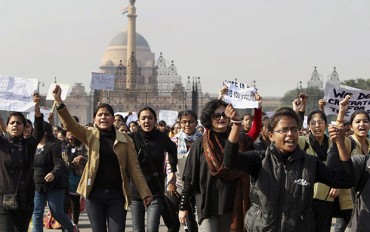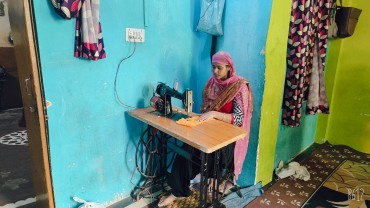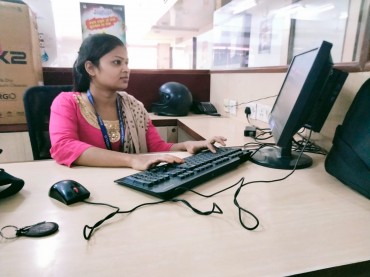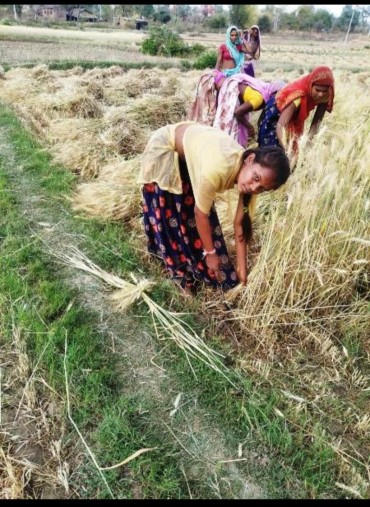The theme for International Women’s Day 2014 is Equality. So, which are the areas that Indian women need to establish their fundamental rights in?
UN Secretary General Ban Ki-Moon sent the message to world justifying the ‘Equality for women in progress for all.’ In his speech he said:
“This International Women’s Day we are highlighting the importance of achieving equality for women and girls not simply because it is a matter of fairness and fundamental human rights, but because progress in so many other areas depends on it.
Countries with more gender equality have better economic growth. Companies with more women leaders perform better. Peace agreements that include women are more durable. Parliaments with more women enact more legislation on key social issues such as health, education, anti-discrimination and child support.
The evidence is clear: equality for women means progress for all.”
- Make a safer place for women: While the UN Secretary General is appealing for equality everywhere, Indian women are happy with smaller objectives. Indian women, regardless of social position, age, education or economic conditions, live in a fear. They fear to survive in their daily routine like going out to buy grocery or go to work safely with their dignity intact.Indian women want the sense of security like most men have at their home or office or in public places. Laws alone are not sufficient enough to handle this, because it has been repeated time and again. Women will be safe only when men start to see women as equals and respect her.
- The right to education: Yes, we live in towns and so, we think girls are getting educated. But even today, there are many villages and towns in India which do not educate the girl child. The girl child has to bear the burden of day-to-day house chores or work as laborers due to financial constraints. If the financial condition is good of a family, then conservative nature to the community will deny the girl from getting higher education. While the government is taking measures to keep a girl child in school, the small town communities are not supporting them. The basic mentality of the community still persists the same as it was 100 years ago. They still believe, ‘Why to make a girl child study when at the end of day she has to get married and stay at home to look after the family’.
- Some help at home: It is in their DNA to care and nurture the family and home. Even the working women balance their professional and personal lives without any compromises. But that doesn’t mean that men shouldn’t help them in some of the house work. It should be equal for both.
- More women in the workforce: According to the International Labour Organization’s report released in November 2013, Indian women in workforce is 22.5% and that ranked India at 120th position from 130 countries that were surveyed. There is lack of opportunities for women, due to social biases, sexual harassment due to which women do not participate much in workforce.
- More power to women: A report released by Inter-Parliamentary Union in November 2013 showed that only 11% and 10.6% of women presentation in the Lok Sabha and the Rajya Sabha respectively. And the analysis conducted by IPU has ranked India at 108th among 188 countries for the women MPs.
The Women’s Reservation Bill will, if passed by parliament as women’s groups are demanding, see better representation of women in government. But to be effective, they will have to be elected for reasons other than their showbiz connections and not be puppets of men in their families – which is not uncommon in the present scenario.
With these, the quest for equality continues in India…

























































Comments